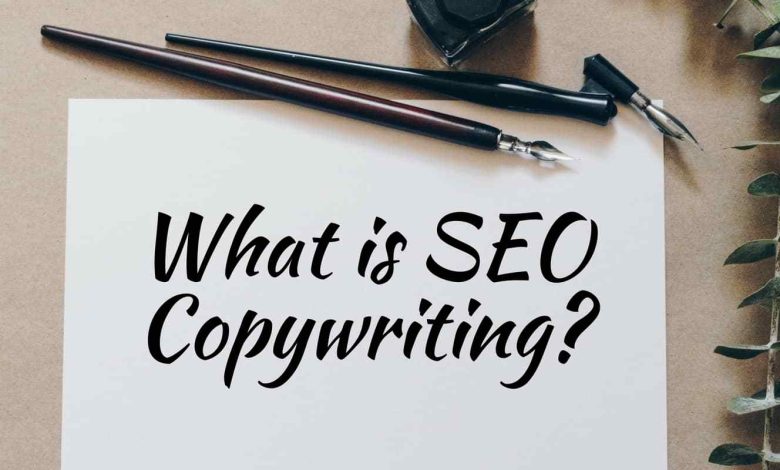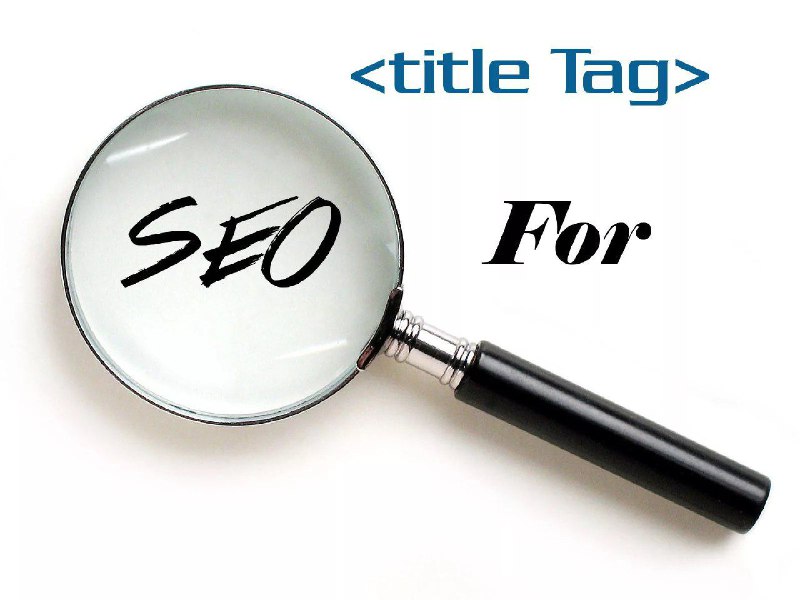SEO Copywriting: what it is and how to do it.

SEO Copywriting is the art of writing for users and search engines. The ability to write and publish texts that are able to intercept the needs of users and answer them in the best way, providing value and satisfying the queries made to the search engine.
The professional specialized in this activity is the so-called SEO Copywriter, a copy with knowledge of the dynamics of positioning in search engines and skilled in writing texts capable of positioning themselves for one or more keywords.
We decided to draw up this guide to SEO Copywriting trying to provide you with useful ideas to immediately put into practice, editorial strategies, tools, and support tools, and, finally, the advice of some experts in the field.
Enjoy the reading!
There are different schools of thought regarding this figure. There are those who would like to distinguish the copywriter from that the SEO.
I am of the opinion that writing from an SEO perspective is of fundamental importance today, especially in light of the fact that content now represents a good 50-60% of what it takes to reach the coveted rankings. Having writing skills is a skill, but being able to implement SEO-optimized writing is also a double benefit.
How to write SEO articles: SEO writing techniques
First of all, it must be said that anyone who wants to write from an SEO perspective, in addition to knowing how to write for us well, must know the basic rules of on-site optimization of texts.
These main concern elements such as the title tag and meta description, header tags, URLs, and actual text.
Title tag

Let’s talk about the most relevant on-site SEO factor for ranking. I happen to analyze dozens of sites where I still find title tags that are not properly optimized. Very often it is used to write the main keyword of the page at the end of the title, leaving the initial characters to the name of the site.
Unless it is the homepage, to which it is useful to give relevance to the title of the brand name, the other pages must be relevant for the reference keyword. Inserting the name of the brand in all the title tags of the site, followed by the word or name of the page, only reduces the importance assigned by the title tag to the associated keyword, as it is precisely the visible primary text that is attributed the most power.
It also makes no sense to put too much text in the title tag. The longer the title tag, the more the importance attributed to the various words in the text is divided. Seeing is believing.
Read More: SEO Tips for Optimizing a Website for Higher Traffic
Meta Description

It has no impact on the ranking, but that doesn’t mean it shouldn’t be valued. It is always useful to provide a description of the page that the user is about to visit and a call-to-action that invites him to choose us from the results offered in the listing.
Header tag
H1, h2, h3, and so on. Useful for segmenting the paragraph and not making it difficult for the user to read very long articles. There is no defined rule on writing header tags; they do not necessarily have to be identical to what is already present in the title tag but, on the contrary, be useful to give a title to the paragraph that follows.
Url Keyword Rich
URLs also need to be keyword rich. Contrary to popular belief, Google still attaches enough importance to URLs today. Personally, I prefer to exploit the page URL to give visibility to a more generic and competitive keyword, which is perhaps also the primary one identified, for which we want to position the page.
So if I go to insert a middle tail keyword in the title tag and then use paragraphs and header tags to target long-tail words and phrases, I’ll use the primary keyword in the URL.
Texts and paragraphs
Over the years, SEO text writing has evolved. Once upon a time, if you wrote a text that was too optimized on the SEO side, you were able to outperform your competitors for the reference words, at the cost of confusing or annoying the user. Today the opposite is true; texts should be written with the user in mind and not the search engine.
Once fields such as title tag and h1 have been filled in, the bulk of the SEO work is done correctly.
However, the text must be able to respond exactly to the promise made to the user (in the title tag and in the description) before his access to the page from the Google SERP.
If this condition is missing, it is evident that you are writing for the search engine and not for the user. Pay attention to this aspect because of the search for quality in user satisfaction. It is an important point in which Google is making great strides.
Interlinking
Although normally little is said about it, the ability to identify and link internal resources related to the topic. That the copywriter developing is also part of the SEO Copywriting techniques. We remind you that interlinking is often underestimated as a strategy. It is useful for enhancing resources published perhaps long before and that, in this way. In addition to being useful for greater insights to the reader. They can be recalled and enhanced by the bot itself.




